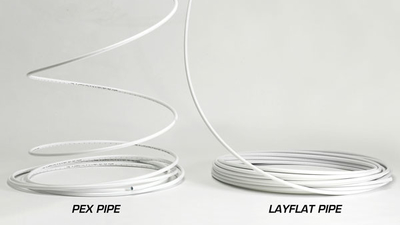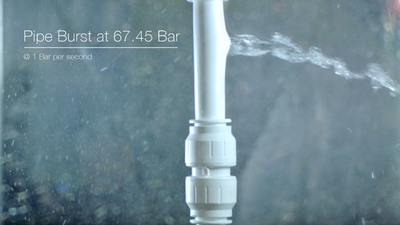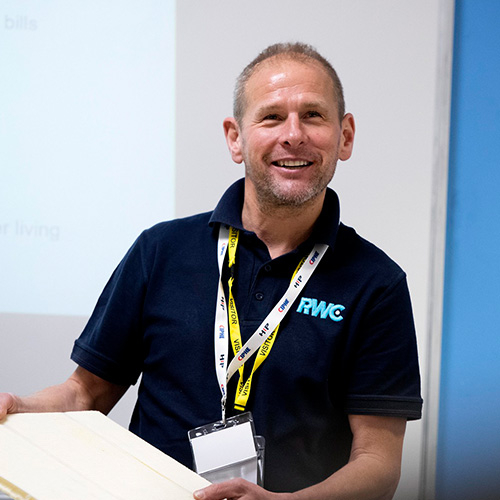7 common Speedfit plumbing and heating questions answered

As a world-leading plumbing systems provider of plastic pipes and fittings, we get plumbing and heating installation questions put forward to us every day.
In this blog, we will be looking at 7 common plumbing and heating questions asked about RWC’s JG Speedfit products by installers. Even with world-leading plastic plumbing solutions, like the Speedfit range, there can be installation shortcomings during or after install, if not used correctly.
1. Do I need to insulate Speedfit plumbing pipes?
When running heating pipework through walls, it is important to comply with Part L of the Building Regulations. This states that any pipework run through walls in areas that aren’t heated, need to be adequately insulated to prevent heat loss.
This is also the case if service pipework is being run into a domestic dwelling externally, for example cold water, where insulation and seals should be used to properly insulate the entry point.

2. Do I need to use an insert every time I connect Speedfit pipes to a fitting, and why are there two types of insert?
The simple answer is yes, always use an insert when installing Speedfit pipes as it supports the shape of the pipe.
We have two types of insert – the ‘STS’, or Superseal for plastic to plastic, and the ‘TSM’ for plastic to compression.
The ‘STS has an extra O-Ring, which helps to reduce the risk of leaks due to side load.
The ‘TSM’ insert does not have an O-Ring, and therefore allows more pipe into the fitting. This is important when using Speedfit pipe with compression fittings as use of a TSM insert allows the olive to sit further down the pipe. (Only TSM inserts should be used with compression fittings).

3. Can Speedfit pipe be buried in the floor screed?
Building regulations state that pipe laid in floor screed must be removable, with the exception of pipes used in underfloor heating projects.
This exception is important to bear in mind as due to the UK Government’s Build Back Greener strategy, underfloor heating systems are likely to become more common. This is because they are compatible with ground and air source pumps, which are top contenders to replace gas boilers as they are more environmentally friendly.
To find out more about underfloor heating systems with JG Speedfit technology click here.
In all other projects, pipes laid in the floor screed must be removable, therefore we supply a conduit that can be clipped to the concrete base. The Speedfit pipe can then run through the conduit and be screeded over.
If the pipe needs to be replaced, it can be disconnected at each end and pulled out. The installation of fittings under screed should be avoided, but where it is deemed necessary, they must be installed in boxes with removable lids so that they can be serviced.

4. Can I connect Speedfit pipe directly into compression fittings?
Yes, but only if the pipe and fittings are compatible.
Compression fittings with a short tube stop depth should not be used with Speedfit pipes. Use a ‘TSM’ insert and follow the instructions of the compression fitting manufacturer when connecting to plastic pipework.


6. What temperatures and pressures are your pipe and fittings approved to work at?
JG Speedfit pipe and fittings are approved to work at the following:
12 bar at 20°C
6 bar at 65°C and,
3 bar at 82°C – 105°C max, but the pipes and fittings can withstand 114°C for short periods of time, in case of thermostat malfunctions.
Fittings that are not suitable for central heating have a maximum temperature of 65°C.
7. For plumbing and heating, what pressure should you test pipe and fittings at?
All pipes should be hydraulically tested. You should test your pipes at 2 bar for 10 minutes and then at 10 bar for 10 minutes.
If you have a question on plumbing and heating or our JG Speedfit range of plastic fittings & pipes, please contact us.
